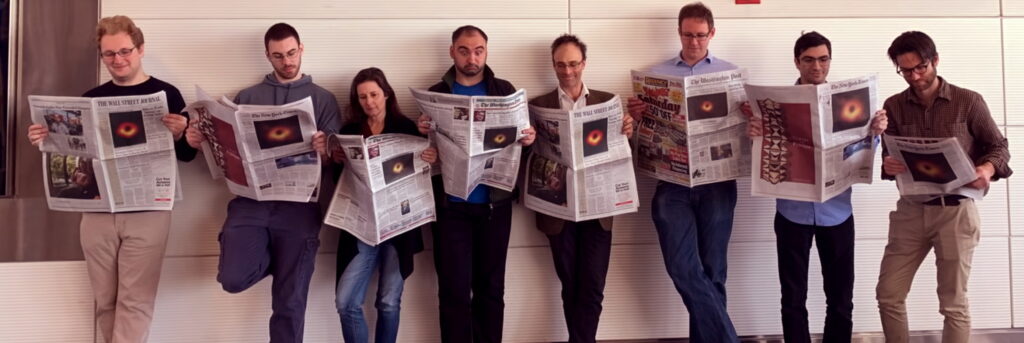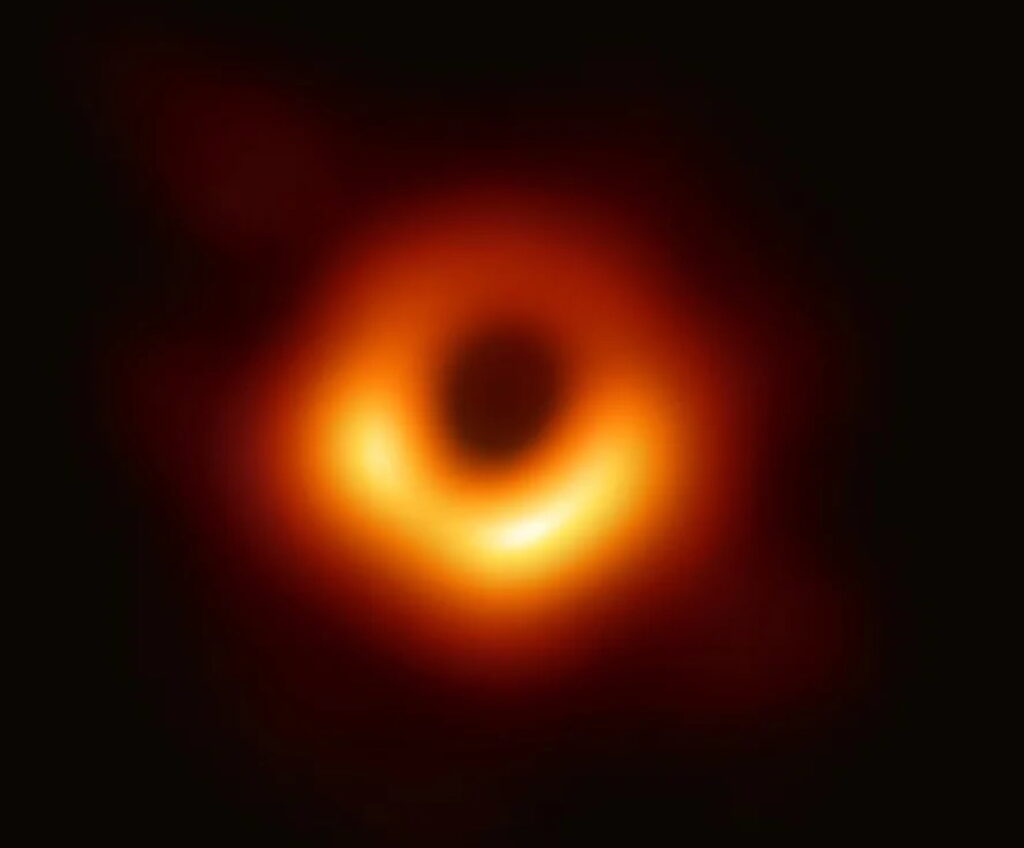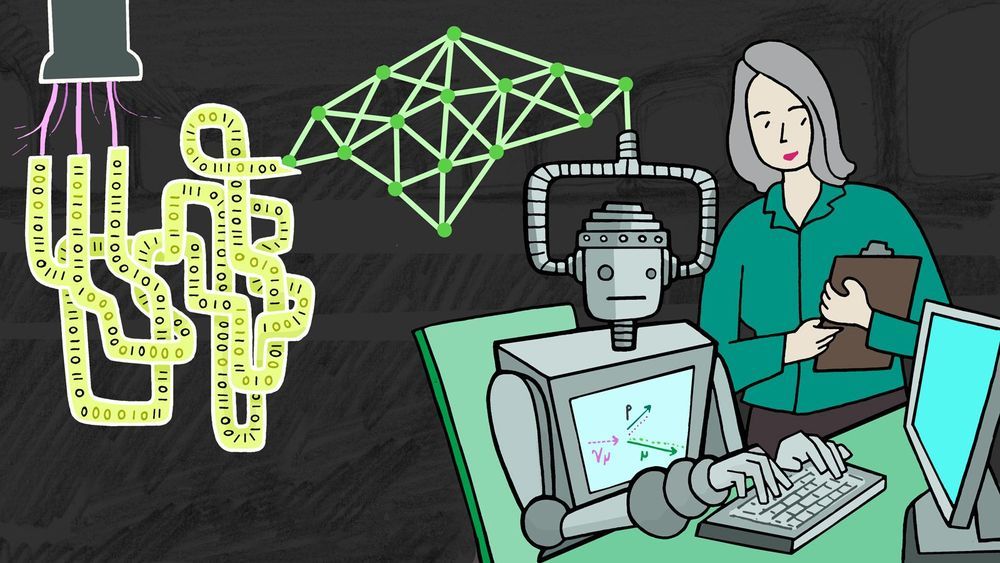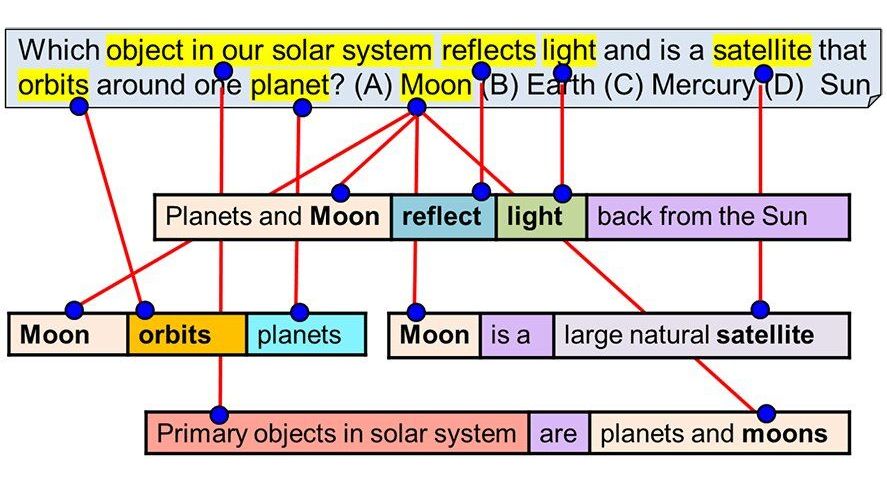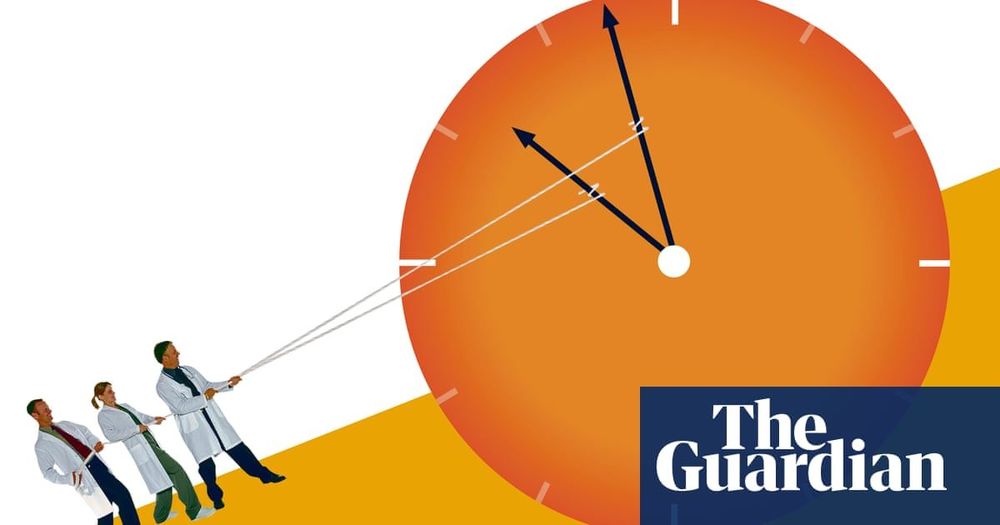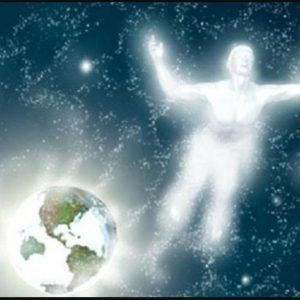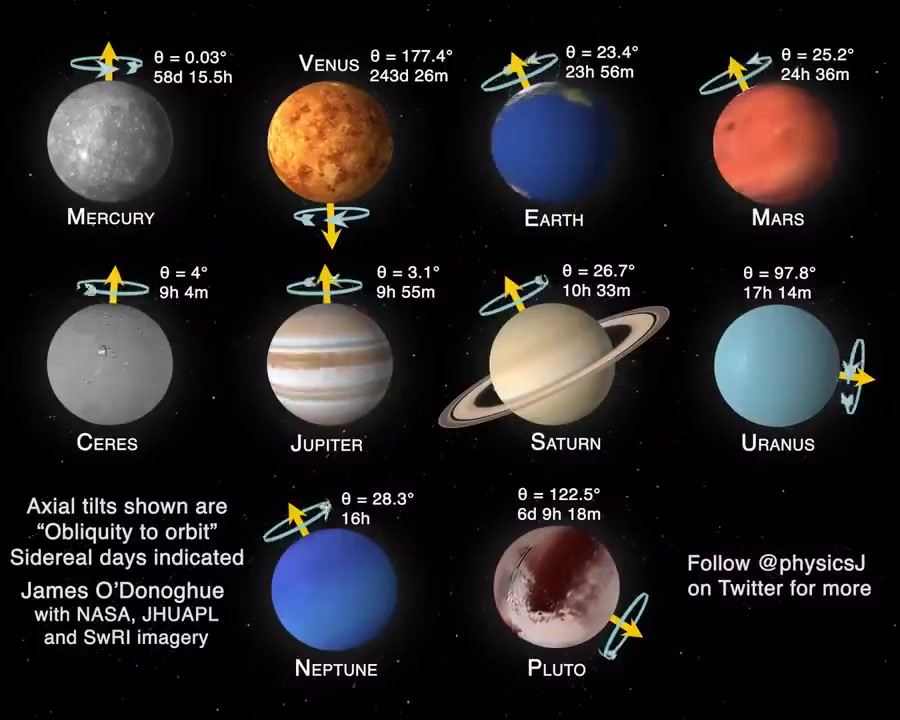Yesterday (Sep 5, 2019), the Breakthrough Prize Foundation awarded $21.6 million US dollars to the scientists behind a stunning achievement. They imaged a black hole. Although the image was announced and released 5 months ago, the story is still unfolding.
Yesterday (Sep 5, 2019), the Breakthrough Prize Foundation awarded $21.6 million US dollars to the scientists behind a stunning achievement. They imaged a black hole. Although the image was announced and released 5 months ago, the story is still unfolding.
The Breakthrough Prize is funded by Russian-Israeli billionaire Yuri Milner. It is the highest-paying science prize for researchers in life science, math, and physics.
There are many black holes in our galaxy and some small ones in our own galactic “neighborhood” . Yet the EHT team* focused on M87, a black hole in the center of another Galaxy, 55 million light years from our solar system.
This is pretty far, but it is a massive black hole with a bright accretion disk (stuff around the event horizon), and it is orthogonal to our vantage point. How big is the M87 black hole? It is bigger than our entire solar system!
At this unfathomable distance, it is difficult to image anything smaller than an entire galaxy. But by combining data from instruments and math teams around the world, scientists released in April an actual photograph. To be precise, it is the shadow of a black hole, but it clearly shows the accretion disk, event horizon and a hole in the middle. In fact, it shows a perfect, glowing donut.
* The EHT = Event Horizon Telescope
To achieve the implausible, scientists combined data from 8 radio telescopes around the world, including two operated by the European Southern Observatory in Chile (producer of the first video, below). Although data was captured as radio waves, a team of 347 scientists pieced the information together into an actual image. What you see in the paragraph above is not an illustration based on data. It is a genuine photograph.
As you view the 1st video below, you may not feel that it is new. Even with the Big Bang in question, black holes are certain fact, and images have been circulating for years. But—until now—those were all artist’s renderings. There has never been an actual photo of a black hole. This is a first.
A web search turns up many videos about the achievement. Some are less than 2 minutes, and some are 2 hour documentaries. I like these two videos: [1] a 17 minute video documenting the effort to achieve this milestone and clearly explaining the result—and [2] an 11½ minute Ted Talk:
1. In the Shadow of the Black Hole
2. Inside the Black Hole That Made History
Philip Raymond co-chairs CRYPSA, hosts the Bitcoin Event and is keynote speaker at Cryptocurrency Conferences. He is a top writer at Quora.
